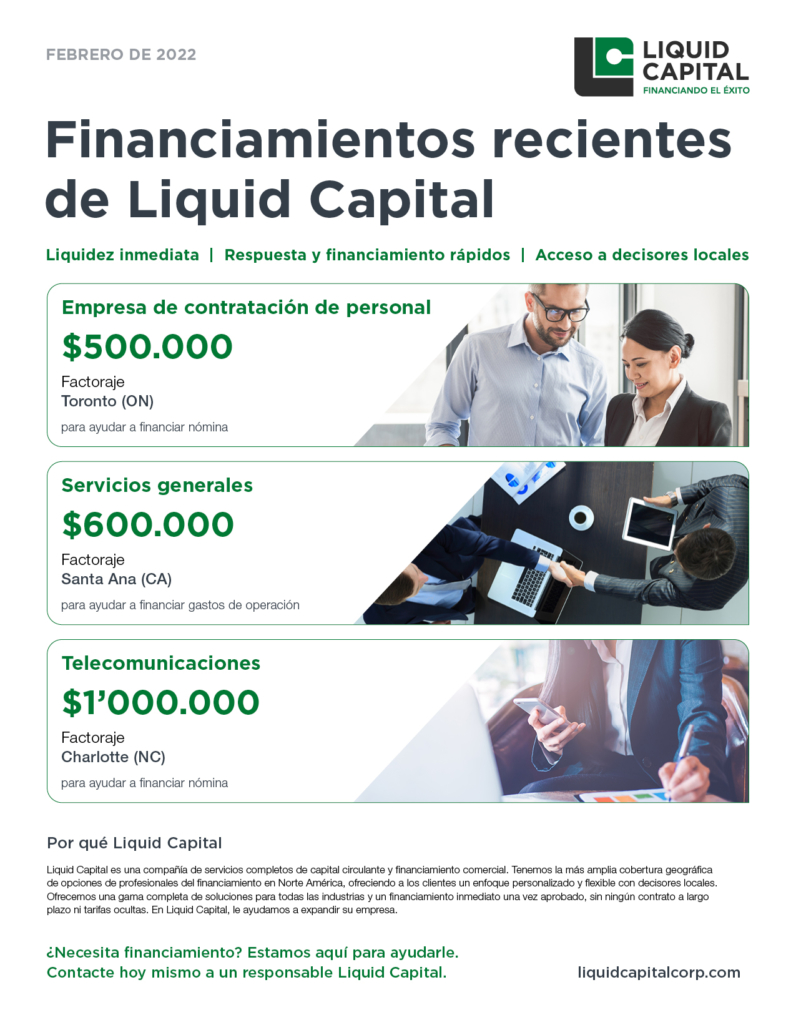5 tips to reduce business debt
Nothing puts a stop faster to business growth than a company in poor financial standings. If you (or your client) need to reduce business debt, start with these top tips.

Growing businesses need to have ample access to working capital, but carrying debt is a problem that holds many companies back. According to USA Today, the average business owner carries around $195,000 in debt, which can tie up much-needed funds.
If you’re spending sleepless nights worrying about your company’s debt load (or your client’s debts), these five tips can help make a difference:
1. Create a cash flow budget
Creating and maintaining a cash flow budget helps you understand how your business is performing, where your money is going and coming from, and how much you will need to pay for future operational expenses. Despite this vital step, as many as 61% of SMBs operate without a budget.
To avoid becoming part of the statistic, you can create a budget with these seven main steps:
- Use a transaction API to gather data on the last 24 months of expenses.
- Calculate your income from all sources.
- List variable costs.
- Add up fixed expenses.
- Estimate additional spending.
- Analyze cash flow.
- Set spending goals.
Of course, the budgeting process will require time and effort, so it may be worth your while to hire an accountant or, at the very least, outsource your accounting needs to a financial professional.
2. Cut back on expenses
Aside from creating and adhering to a strict budget, cutting back on business expenses is one of the most effective ways to reduce business debt. Review your budget to see where you’re spending money unnecessarily and to identify costs you can potentially lower.
For example, do you need to rent an office building or can staff work remotely? How much could you save by going paperless?
Think outside of the box and get creative with where you could save money. But remember that cutting too much too fast can also have detrimental effects on your company’s overall performance.
3. Boost your revenue
Another great way to reduce your debt is to increase your revenue. Some easy ways to do this are by increasing your pricing, promoting value add-ons and upgrades, and reaping more value from your operational assets.
4. Consolidate your debt
In many cases, debt becomes burdensome because of high-interest rates. You can reduce your business debt and what you pay in interest, fees and maintenance costs, by consolidating business debt.
5. Seek alternative financing options
If you need to increase your cash flow, consider invoice factoring. This allows you access to working capital by selling your invoices to a factor like Liquid Capital.
Grow your business by reducing your business debt
Business debt can eventually feel paralyzing and hold you back from growing your company. Don’t let it overwhelm you. Take these steps today to get out of debt quickly.
If you (or your client) need access to extra working capital to help you overcome your cash flow challenges, reach out to a Liquid Capital Principal today.















